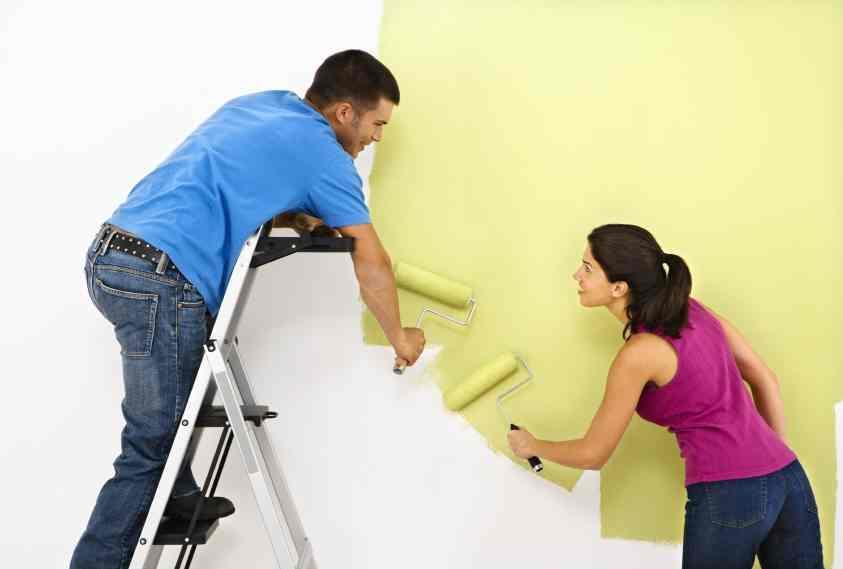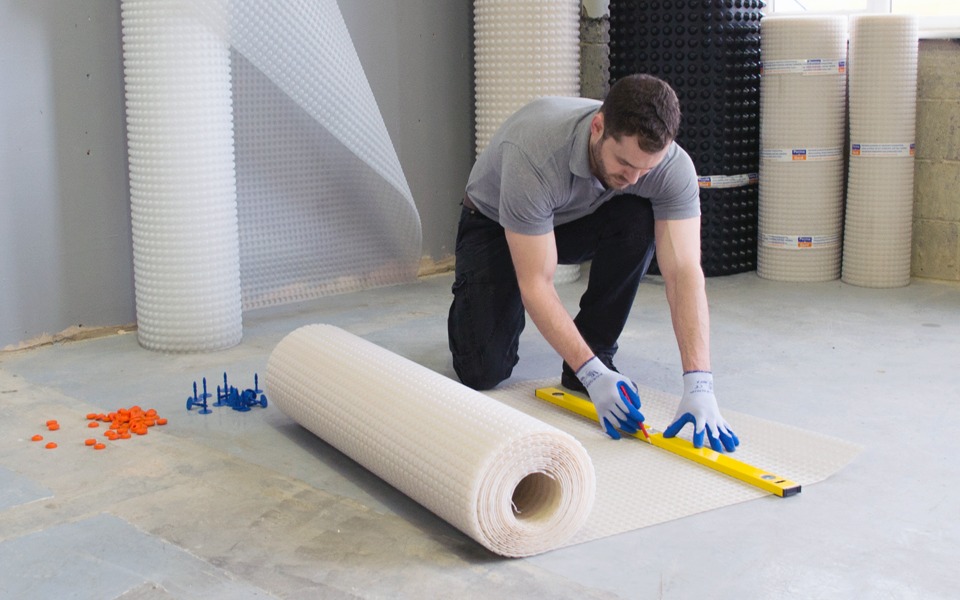Danger. Yes, your lovely home and your health are in danger if there are damps in your home. Is your home a damp proof? Listen, damps can cause mould on furniture and walls and make them rot. Some damp is caused by condensation. It is not only an unsightly problem but it can affect your family’s health and often lead to infections.
Damp can also do damage to the structure of your home. Salts crystallising on walls, blistering and flaking paints and cracked plasters are all the signs of a damp problem. If your sweet home suffers from all these problems then you should not wait and consult Damp proofing specialist to prevent and treat the damp issues. Most people have a misconception about damp. They believe that it occurs due to water but it’s not the truth. Moisture is the key in producing and rising damp. Don’t worry. This article is written just for you to help in preventing damp problems.

How To Prevent Damp Problems
Being a home-owner, there are few things that you should follow to prevent damp.
-
Ensure that there is no gap between the wall and bath by sealing that area with perfect sealant.
-
You should have fit gutters to your house. This will prevent rainwater cascading down the walls which cause splash back damage to your home plaster.
-
Ensure that your home’s gutter downpipe ‘shoes’ discharge rainwater away from your home walls.
-
When installing garden sprinkler systems, the misting heads must be directed away from spraying directly onto the house walls. You can also opt for irrigation, which will safeguard your wall and also use less water.
-
Damp patches around windows might be caused by leakage of rainwater through gaps between the mortar and frame. So these areas should be sealed with a flexible sealant.
-
You should make sure that gutters are cleaned regularly to prevent overflowing as it could lead to the rainwater leaking into your home and damaging the walls in the process.
How To Deal With Rising Damp?
Moisture is responsible for occurring damp. Because the ground is always moist and bricks are naturally absorbent. Thus, moisture from the ground creeps up by the pores in the masonry. If your wall doesn’t have wall proofing barrier to stop the moisture then the brick will continue to draw moisture from the ground until it reaches a perfect level, mostly around one meter above the ground.
If your home doesn’t has a mechanical damp or if the existing one has been installed at the imperfect level then you may have to suffer from damp. The treatment for rising damp is just hand over to the professionals who will install a chemical damp house, which can prevent damp from rising. The damp plaster also needs to be removed. After that, the wall will be re-plastered with a special re-plastering materials to prevent any moisture and salts from causing more damage.
Damp Patches At The Top Of Interior Walls
When you’ll find damp patches high up on the walls, the cause is , mostly rainwater which often has obtained access by the roof or parapet walls. If you found cracks in the exterior plaster then it can also cause damp and can damage plaster on interior walls.
Finally.…
Damp can damage your home and your health too. Damp isn’t rising with water, clear your vision. Damp is rising through moisture. There is only one solution, you should approach damp proofing specialist and stay stress-free. The specialist can do his work perfectly and efficiently drag you out of danger zone. Save your health and your home!

